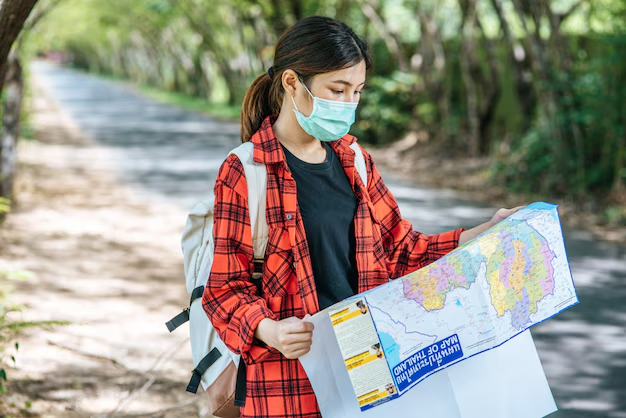Sustainable travel is about minimizing the environmental impact of tourism while maximizing the cultural and economic benefits for local communities. As global tourism grows, the need for responsible travel practices becomes more critical. By adopting sustainable travel habits, you can contribute to the preservation of our planet while enjoying enriching experiences.
1. Choosing Eco-friendly Accommodations
Opt for hotels, resorts, or hostels that prioritize sustainability. Look for certifications like LEED, Green Globe, or EarthCheck, which indicate eco-conscious practices such as energy efficiency, waste management, and water conservation.
2. Supporting Local Economies
Shop at local markets, dine at family-owned restaurants, and hire local guides. By contributing directly to the local economy, you ensure that your travel dollars benefit the community instead of large multinational corporations.
3. Reducing Plastic Waste

Carry reusable water bottles, straws, and shopping bags to reduce your reliance on single-use plastics. Many destinations now have refill stations to encourage sustainable water consumption.
4. Choosing Sustainable Transportation
When possible, use public transport, walk, or cycle to explore destinations. For long distances, consider traveling by train or carpooling instead of flying. If flying is unavoidable, consider offsetting your carbon emissions through verified programs.
5. Respecting Local Cultures and Traditions
Learn about the customs and traditions of the places you visit. Show respect by dressing appropriately, asking for permission before taking photographs, and avoiding activities that exploit local communities or wildlife.
6. Minimizing Energy and Water Use
Conserve energy and water while traveling by turning off lights, air conditioning, and heaters when not in use. Limit water consumption by reusing towels and opting for short showers instead of baths.
7. Avoiding Over-tourism
Explore less crowded destinations to reduce the strain on popular tourist hotspots. Visiting lesser-known locations can also provide unique and authentic experiences while supporting smaller communities.
8. Engaging in Ethical Wildlife Tourism
Avoid attractions that exploit animals, such as elephant rides or dolphin shows. Opt for wildlife tours conducted by responsible organizations that prioritize conservation and the well-being of animals.
Conclusion
Sustainable travel allows us to explore the beauty of the world while preserving it for future generations. By making mindful choices, you can significantly reduce your environmental footprint and contribute to the well-being of local communities. Traveling responsibly not only enriches your experiences but also ensures that tourism becomes a force for good.
FAQs
Q. What is sustainable travel?
Sustainable travel focuses on reducing the environmental impact of tourism while supporting local cultures and economies.
Q. How can I identify eco-friendly accommodations?
Look for certifications like Green Globe, EarthCheck, or LEED, and review the property’s sustainability initiatives on their website.
Q. Why is reducing plastic waste important during travel?
Reducing plastic waste prevents pollution in natural environments, protecting wildlife and local ecosystems.
Q. How can I offset my carbon emissions while traveling?
You can calculate your travel emissions and contribute to carbon offset programs that fund renewable energy, reforestation, or other sustainable projects.
Q. What are some examples of ethical wildlife tourism?
Examples include visiting wildlife sanctuaries, conservation centers, or national parks that prioritize animal welfare and habitat preservation.
